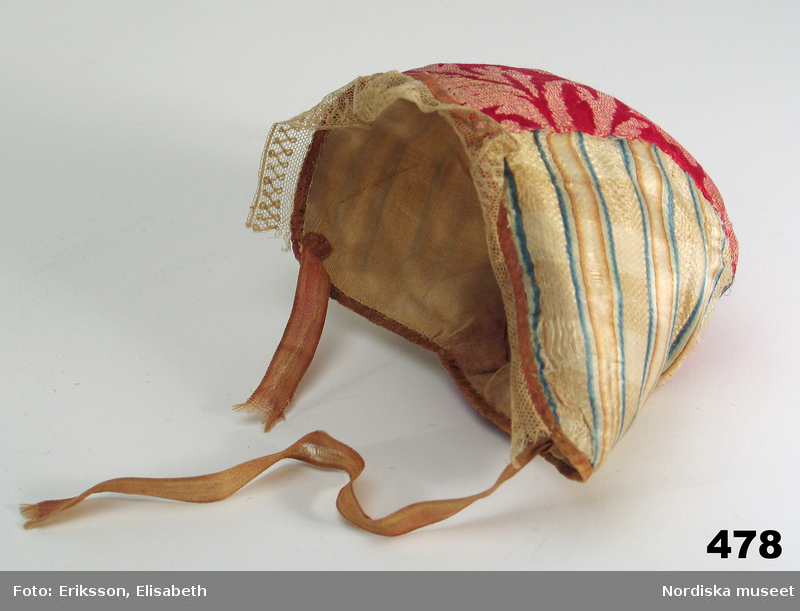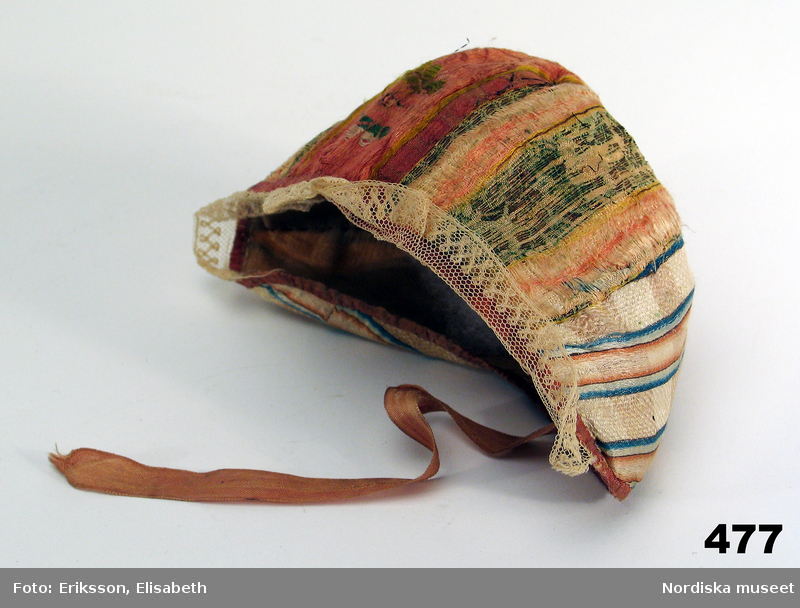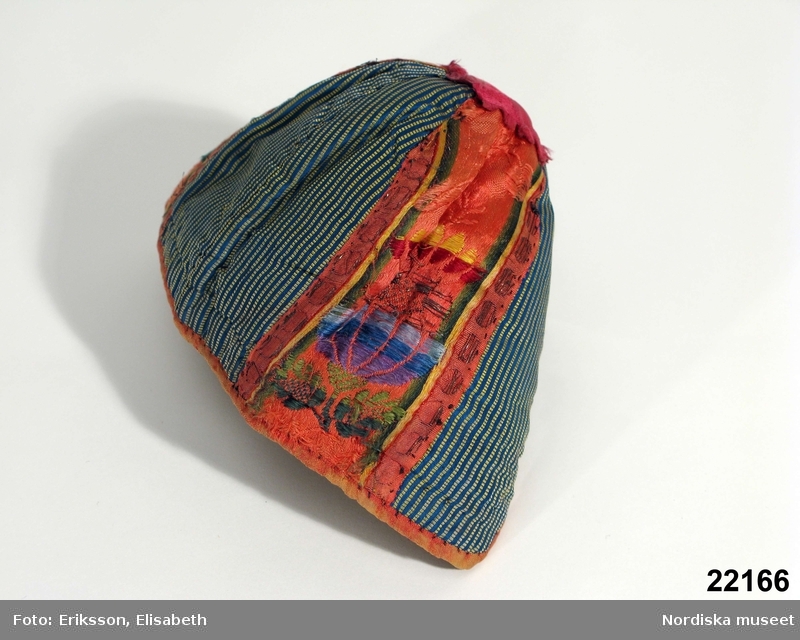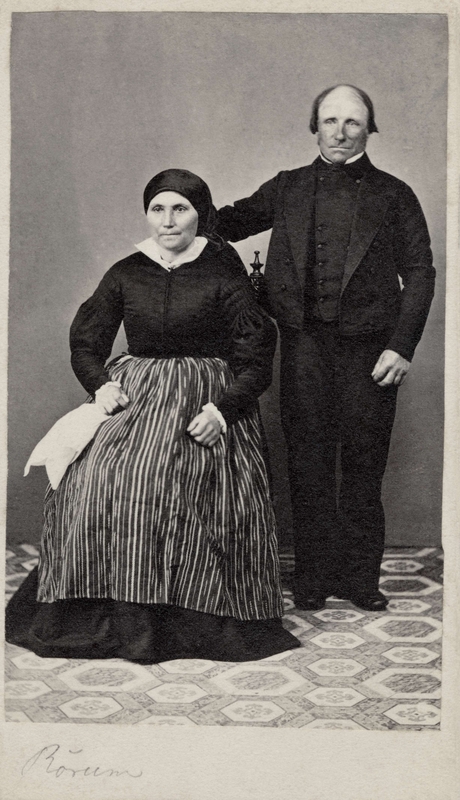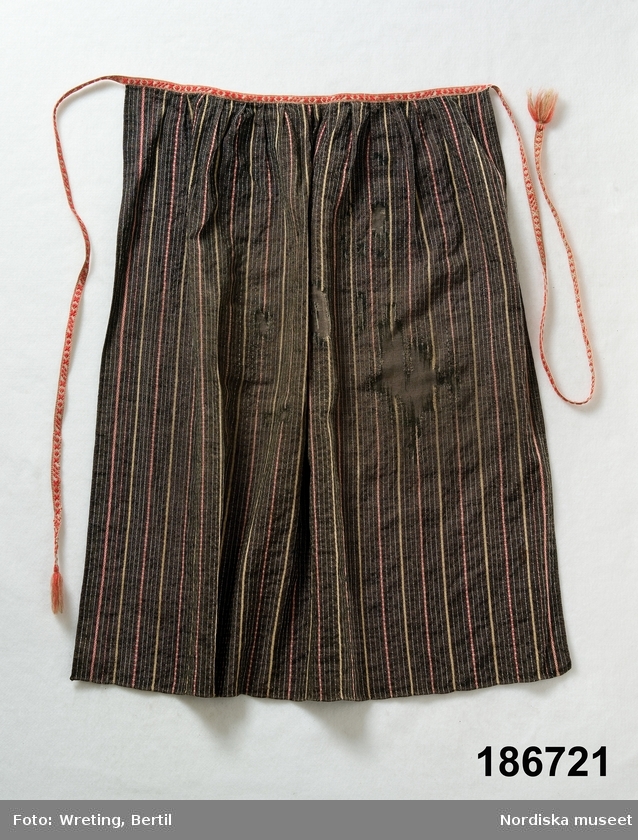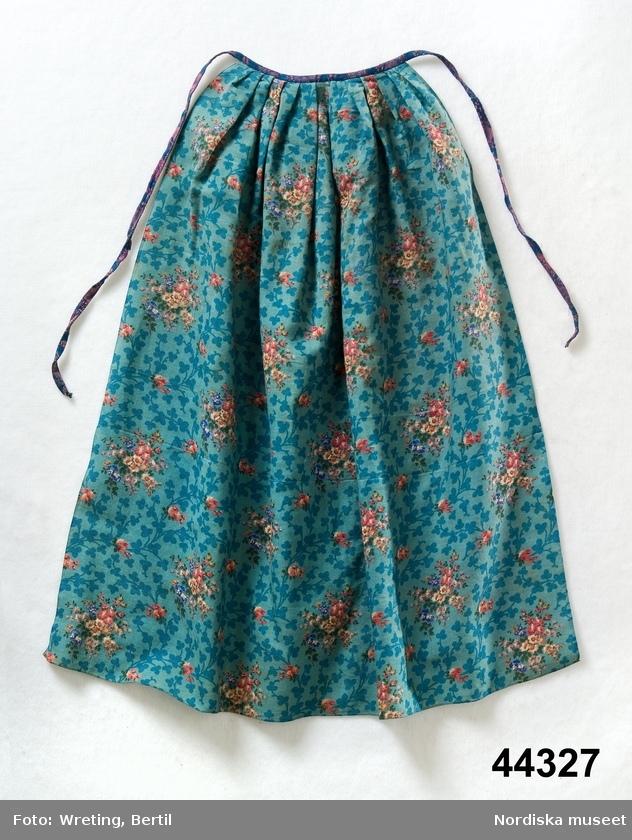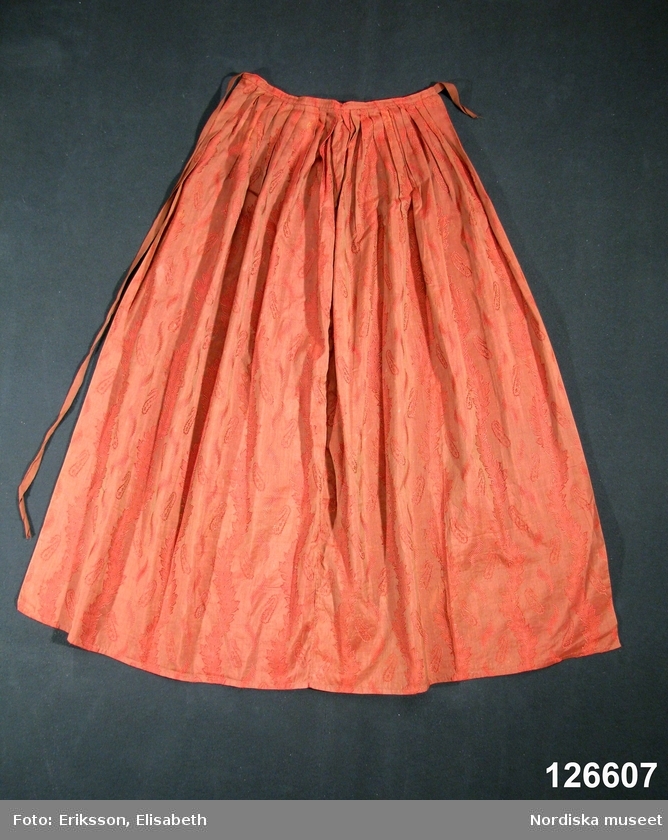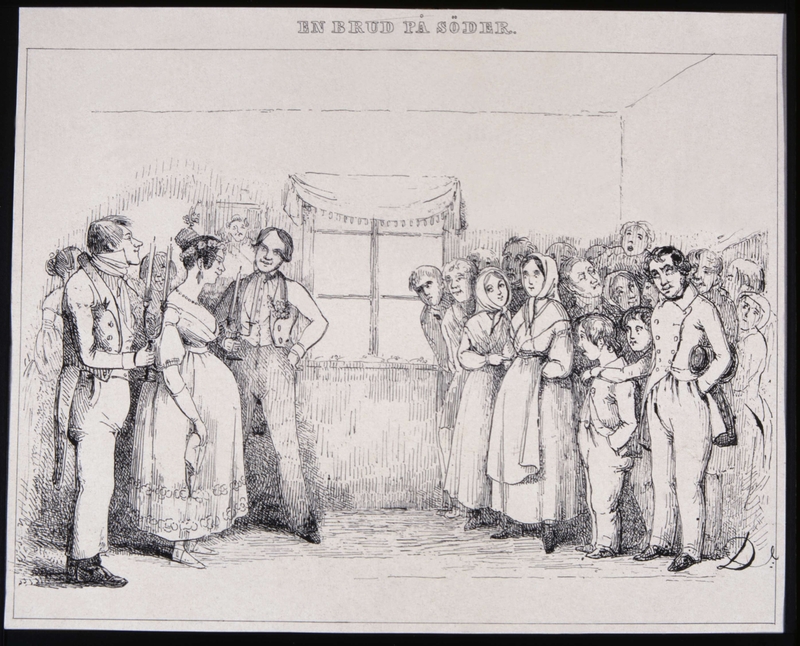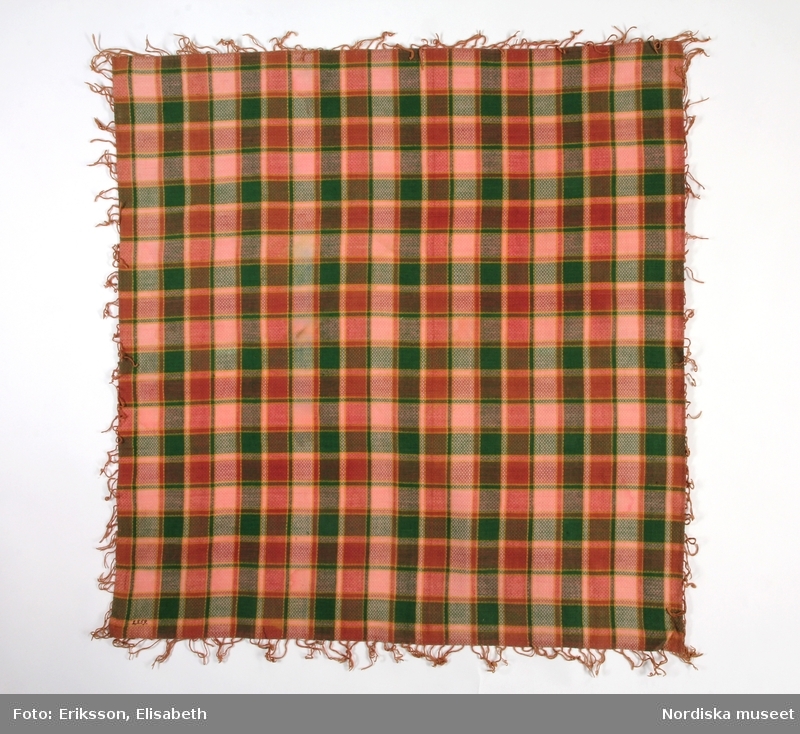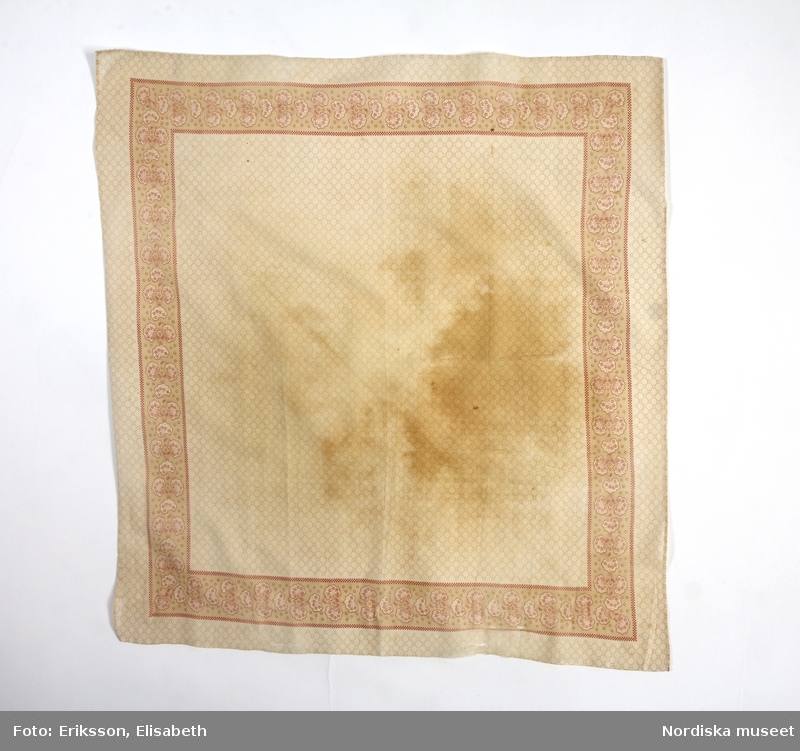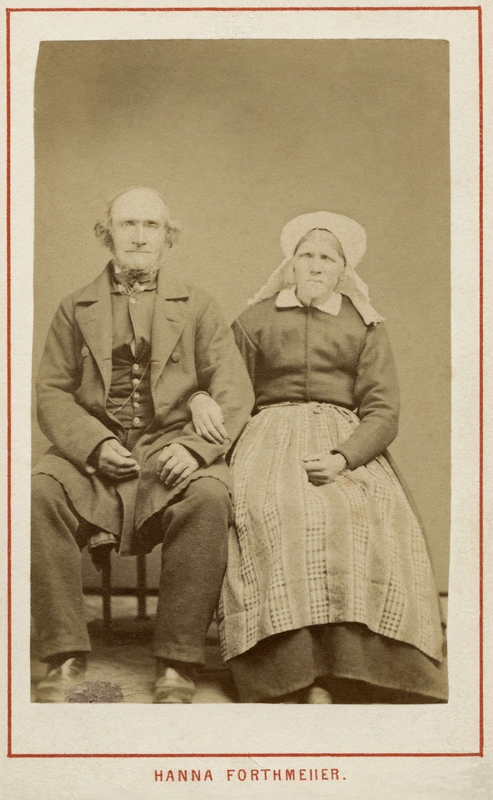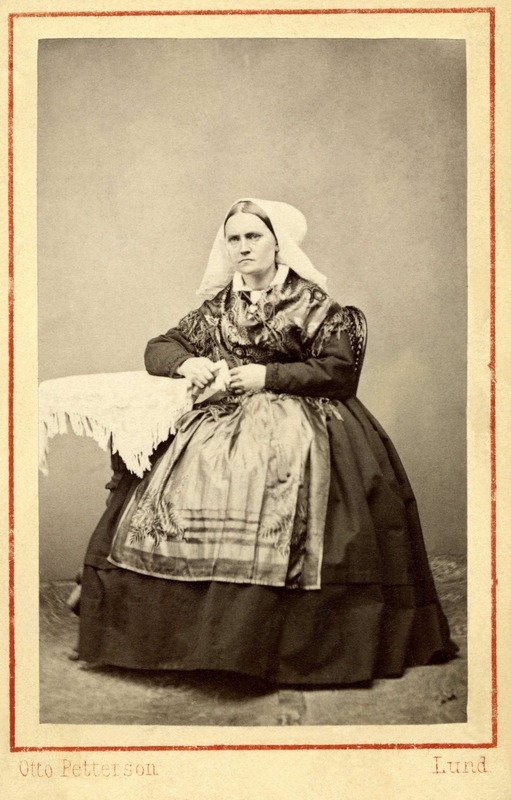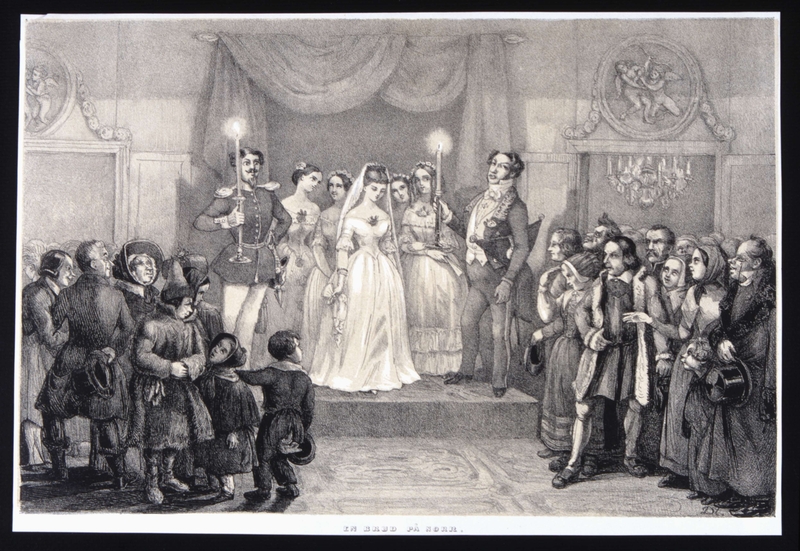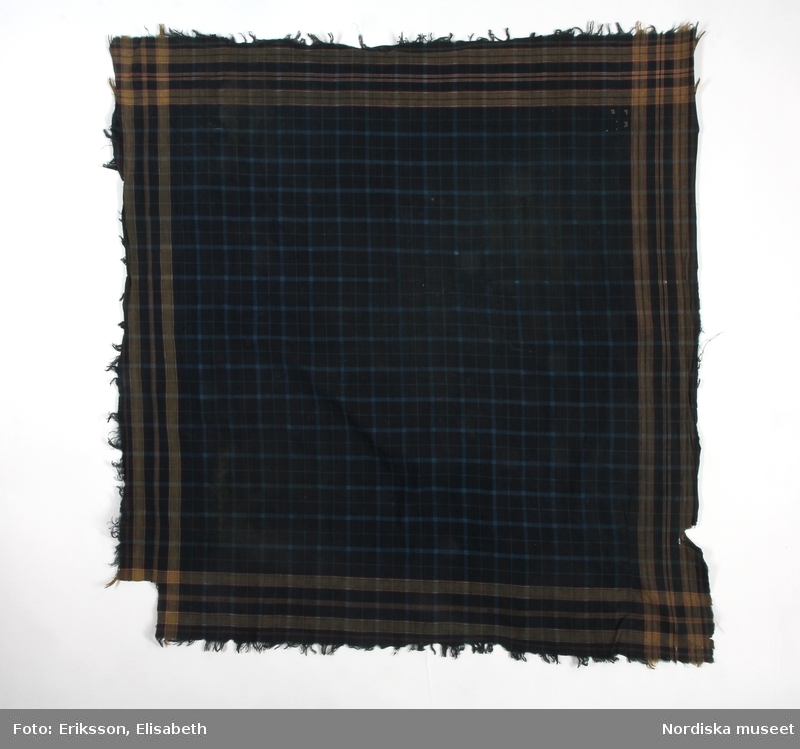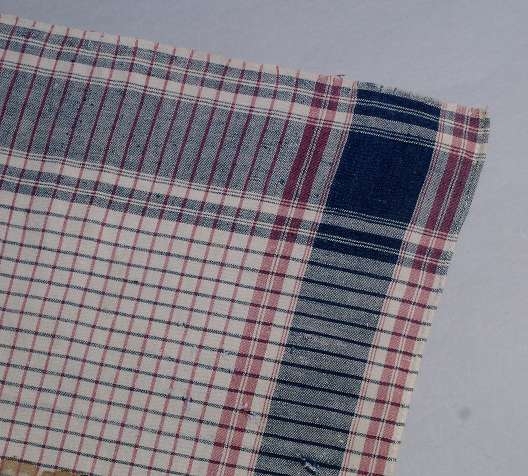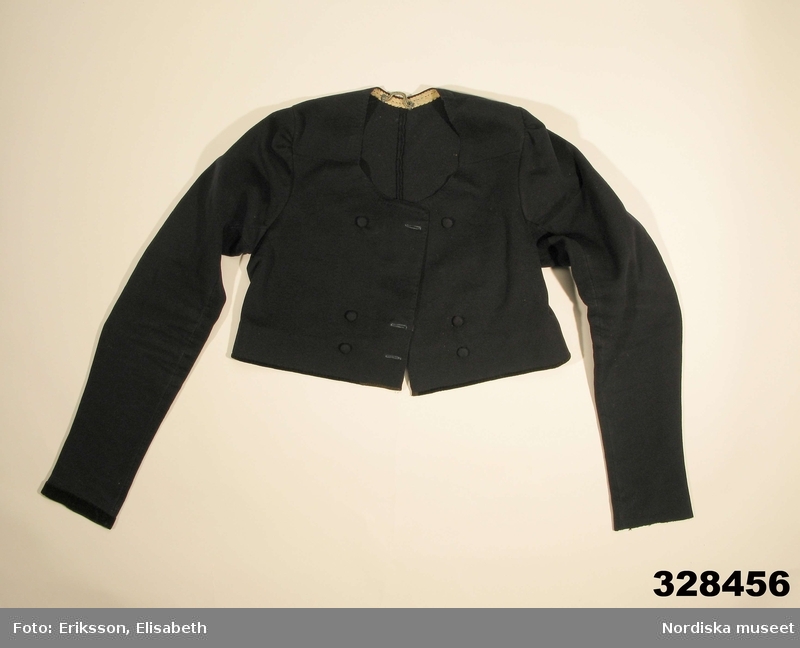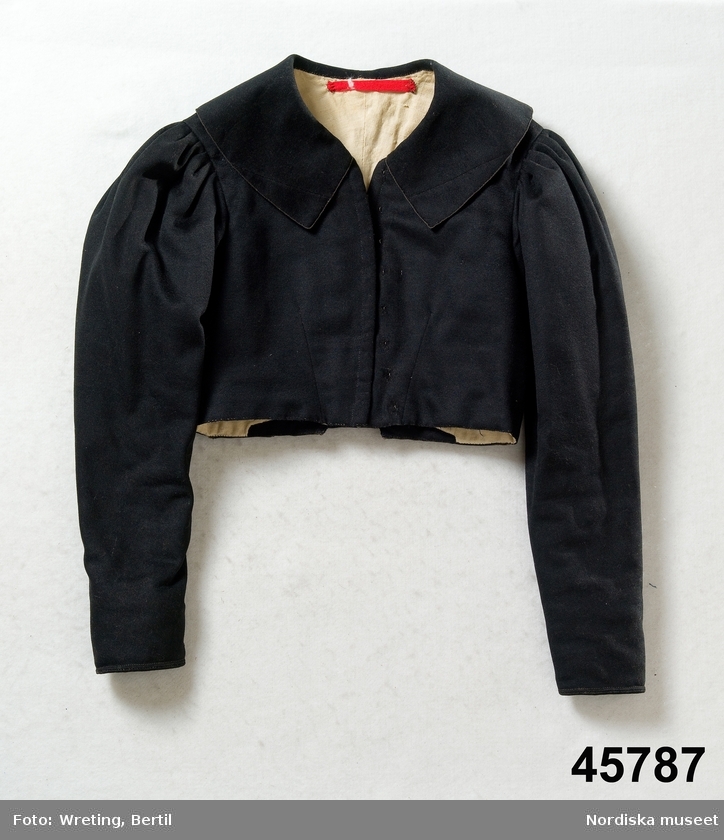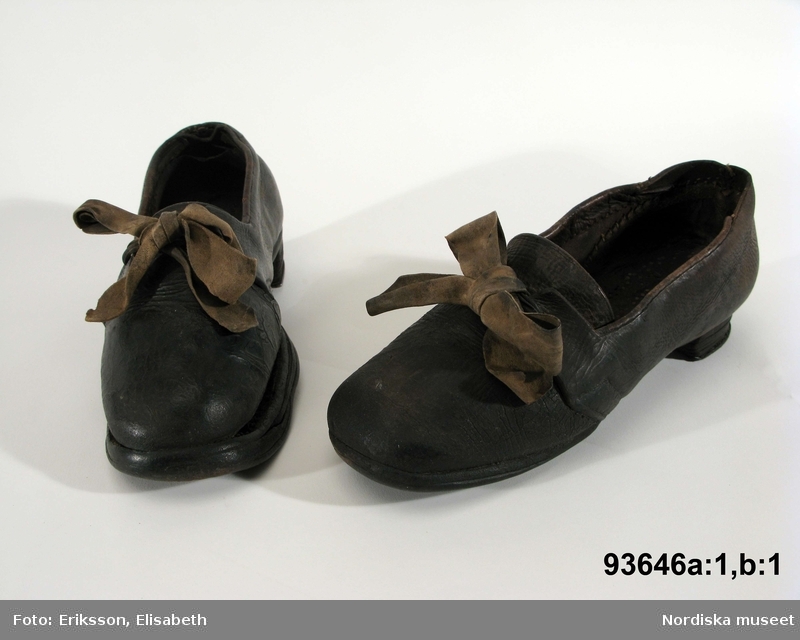The
description of my blog made me vary happy, so I’ll copy it here: Sarah in Sweden is amazing! She weaves,
sews, embroiders and just to give me an even worse inferiority complex,
recently started another blog (in Swedish) to assist Medieval Reenactors with
historical accuracy. Praise indeed – I’m not sure I quite deserve it, but as,
to quote Jane Austen “nobody minds having what is too good for them”, I will
bear it cheerfully. Though being one of 15 recipients lessens the quality of
the award somewhat; it gives it the air of a chain letter.
Ah well. In
accepting the award, I have to tell you all seven random things about myself.
Hmm…
- I dislike
the sounds of other people eating. It’s a family trait; my father, one sister
and one brother are like me. When all of us are at the same dinner table woe
befalls the poor person who don’t have the sense and manners to eat with his
mouth closed. I try hard to raise my level of tolerance, with varying results.
- I don’t
like wearing trousers. I usually find them uncomfortable, and finding any that
fits my curvy figure is nearly impossible. The days I wear trousers each year
can be numbered on one hand.
- I like
too many things: reading, sewing, weaving, knitting, scrapbooking, baking,
writing etc. There’s much I would like to do, and less time to do it in. The
result: many UFO’s and too many possessions, mostly books and textile related
things. A library and a sewing room is on my wish list for a future home.
You've all seen my textile projects, but not much of my baking:
this is a cake I made yesterday. My first try at making marsipan figures.
- I’ve always wanted to be a Mum, even as a child. When all the other children answered “pop star”, “fire fighter”, “actor”, “police” and “nurse” to the question of what we wanted to be as we grew up, I always said “a mother”. I guess I never was very ambitious when it came to a career, but love my present life as a stay at home Mum.
- I love
solitude. I don’t dislike company, but a little goes a long way. Some people
gain energy by socializing, others have their energy drained by it. I belong to
the latter category, and I suppose that is one important reason for me
preferring the life of a stay at home Mum to that of a career woman. (Besides,
if I bring children into the world, I want to be the one to bring them up to
live in it.)
- I never
was a very good student. Everyone has always supposed I was a Hermione Granger
kind of person, but the whole hand-these-essays-in-by-this-date-thing never
suited me. I like to learn, but I don’t work well under pressure.
- I often
choose to do things by hand, rather than by machine (like whipping cream,
mixing dough and sewing), as I prefer not listening to loud noises. I am
however not a complete enemy to technology: I consider the washing machine one
of the greater blessings of the 20th century, and am very happy to
have a dishwasher. That I like the internet is obvious.
Now, I was
supposed to pass this on to 15 other bloggers, but I can’t think of that many that
truly inspire me, which have not already received it. I could think of nine
blogs I want to pass this on to, and they are, alphabetically:
Battle ofWisby 1361-2013 – Ida (former of Idas Hantverk) is now hosting the official
blog of Battle of Wisby 1361-2013, a large upcoming 14th century
re-enactment here in Sweden.
Ida is very talented in several crafts, and also reports on living history outings,
and preparations for the upcoming event.
Creating This and That – My Mum, Monica, who’s an avid scrapbooker. I love scrapbooking,
but don’t have much time for it with all the other things I want to do, so for
now, I sort of live on what she makes.
Deventer Burgerscap – The blog of a Dutch 14th
century living history group. A lovely mix of events, projects and original
items.
Historisk Dräkt och Hantverk – My friend Mikael’s blog, a fellow member of Albrechts
Bössor. One of the most talented costumers I know, interested in several
periods.
In deme jare Cristi – My friends and also fellow members of Albrechts Bössor Peter and
Maria blog about projects (Maria is amazing at most textile crafts), outings
and 14th century subjects in general.
Kurage – Yet another friend and member of Albrechts Bössor, Anders, is also into 18th
and 19th century living history. Good crafter and entertaining
writer.
MedievalSilkwork – Talented ladies do research, write about and recreate medieval
textiles. If you’re interested in 14th century living history, this is
a must have in your reading list.
Neulakko –
Elina is a 14th century living historian in Finland, and her clothing is always
well made and researched, and her instructional videos on nalbinding are great.
SwedishHousewife Mafia - My sister Linda’s blog (in Swedish only). She’s a stay at
home Mum, creative and full of energy. Though having different interests from
me, I admire her ability to keep so many projects going at the same time.
In other
news; after posting about my improvised rigid heddle, I received a real one as
a surprise gift from Vix! Pretty, isn’t it?
Happy
dance!!!





